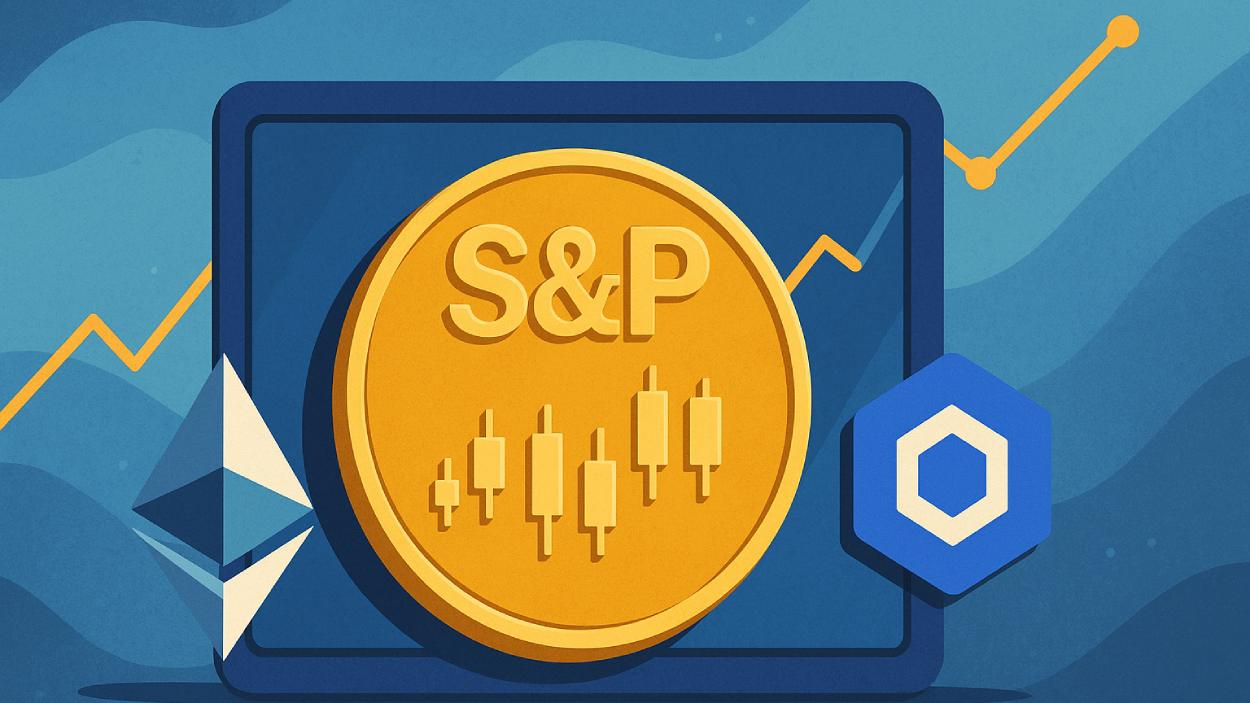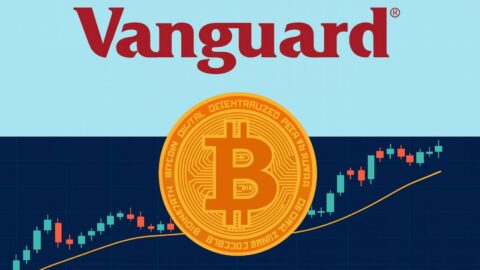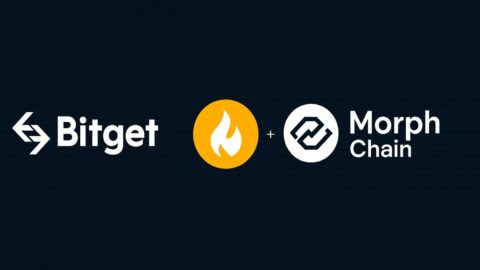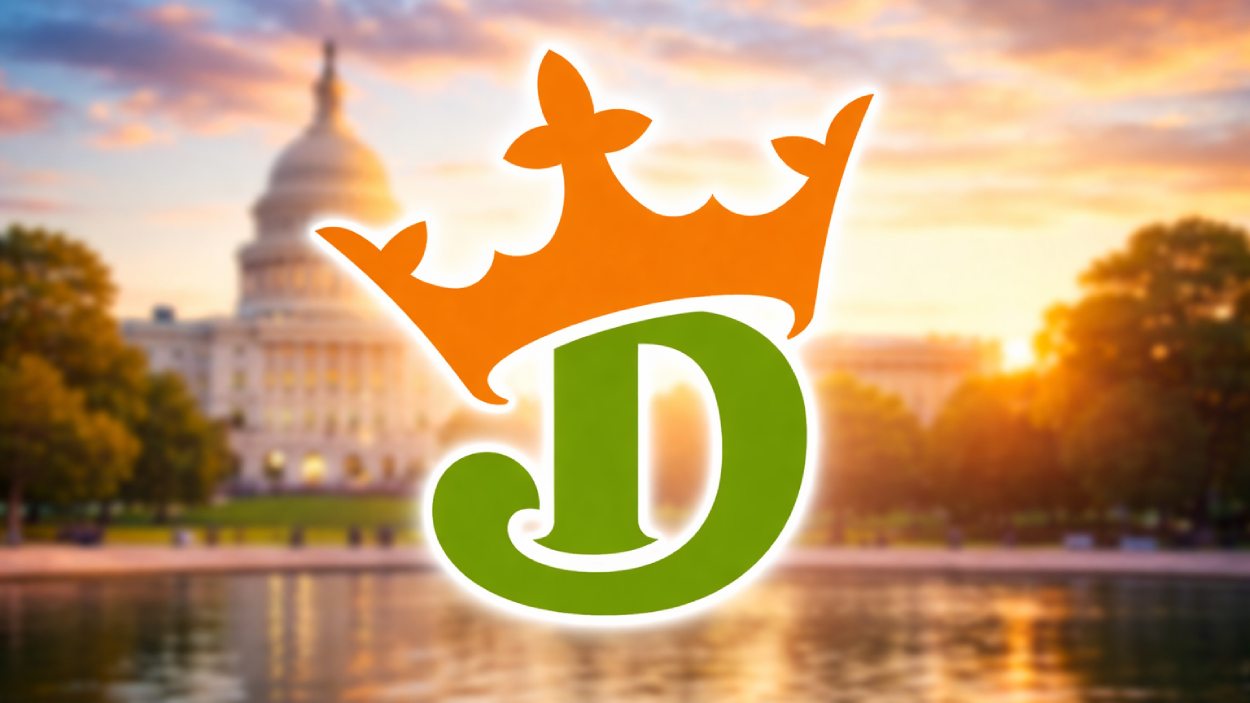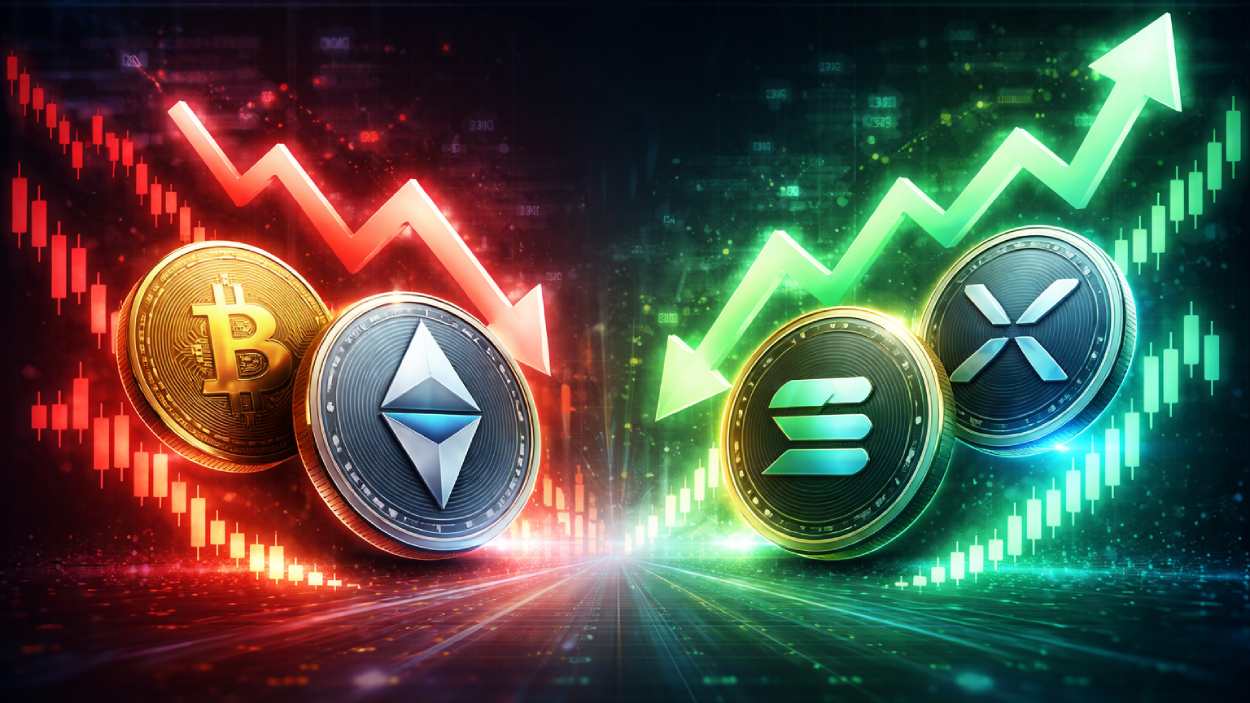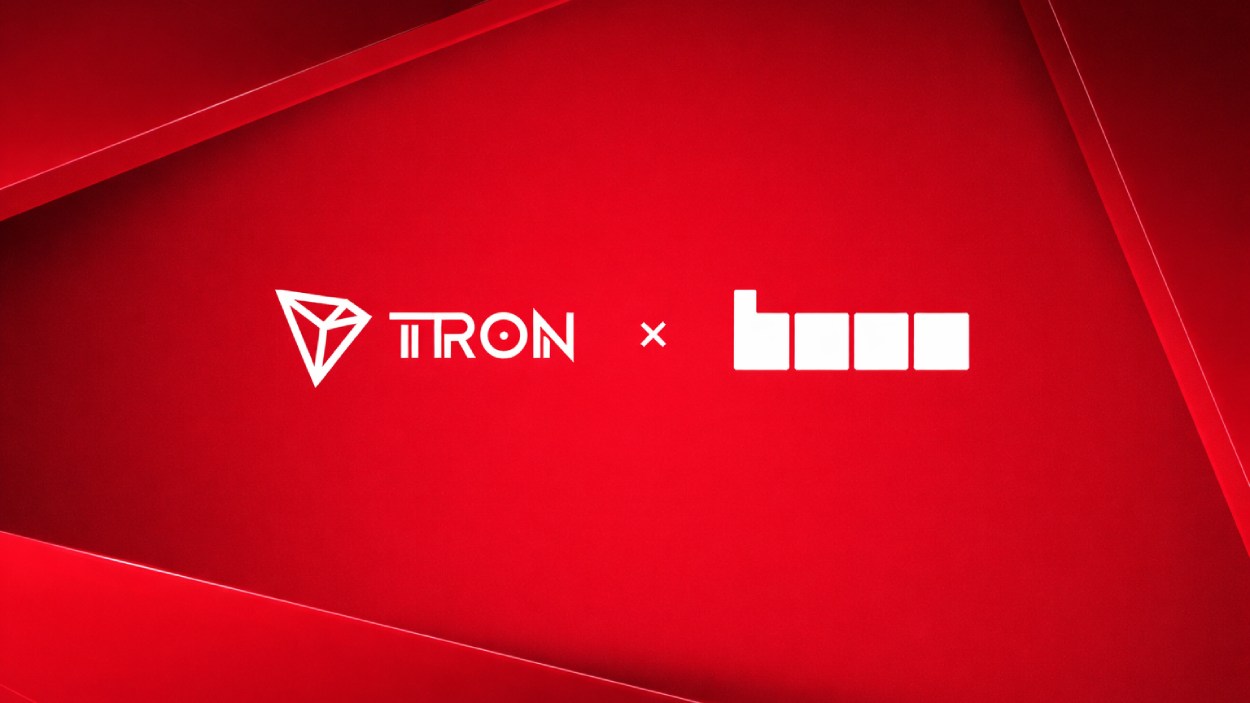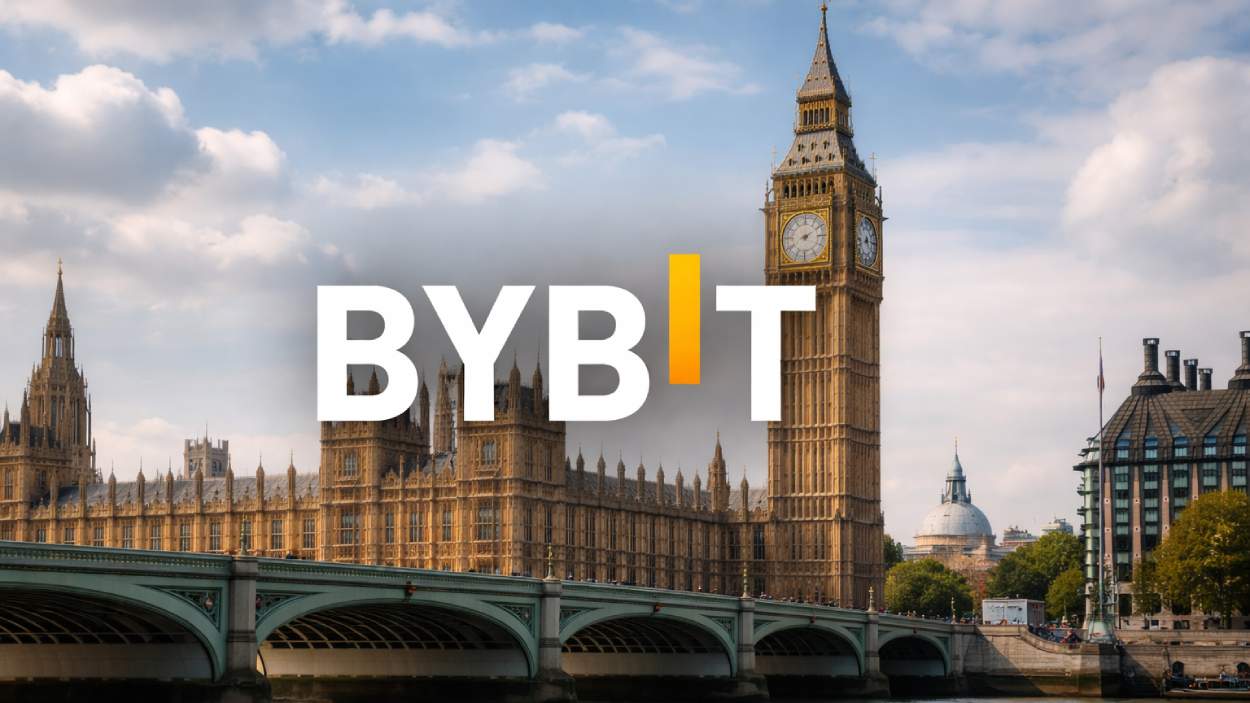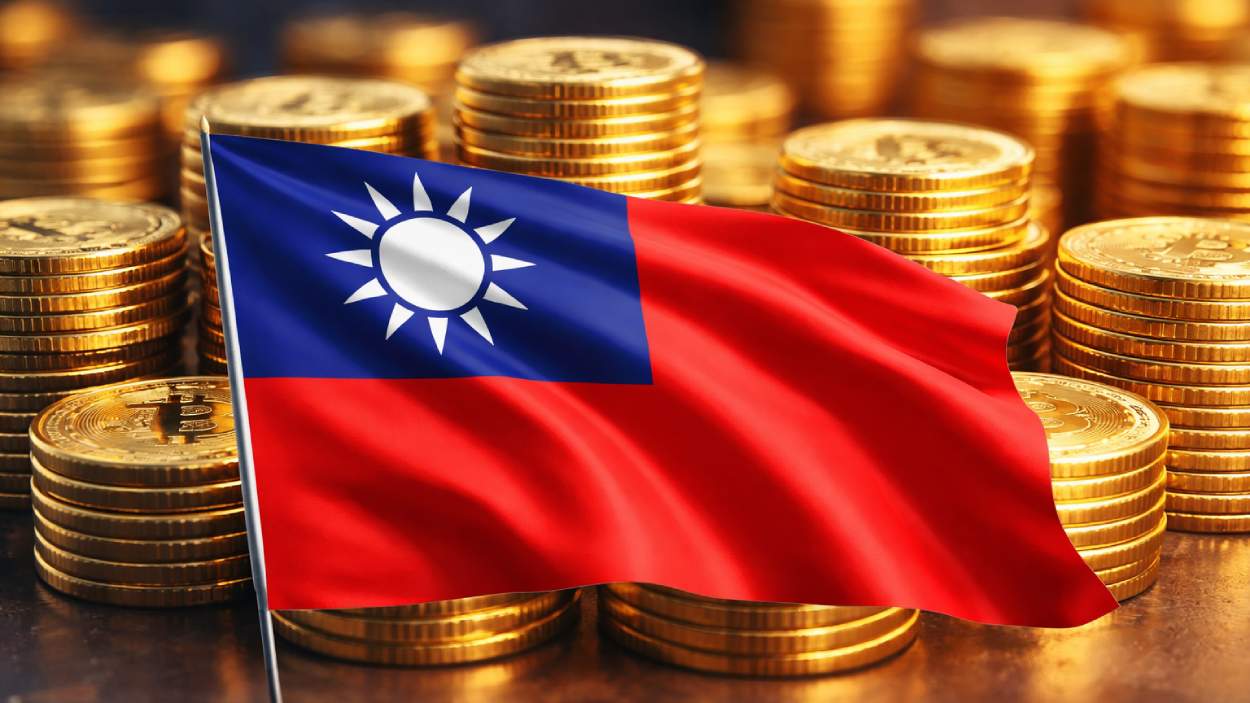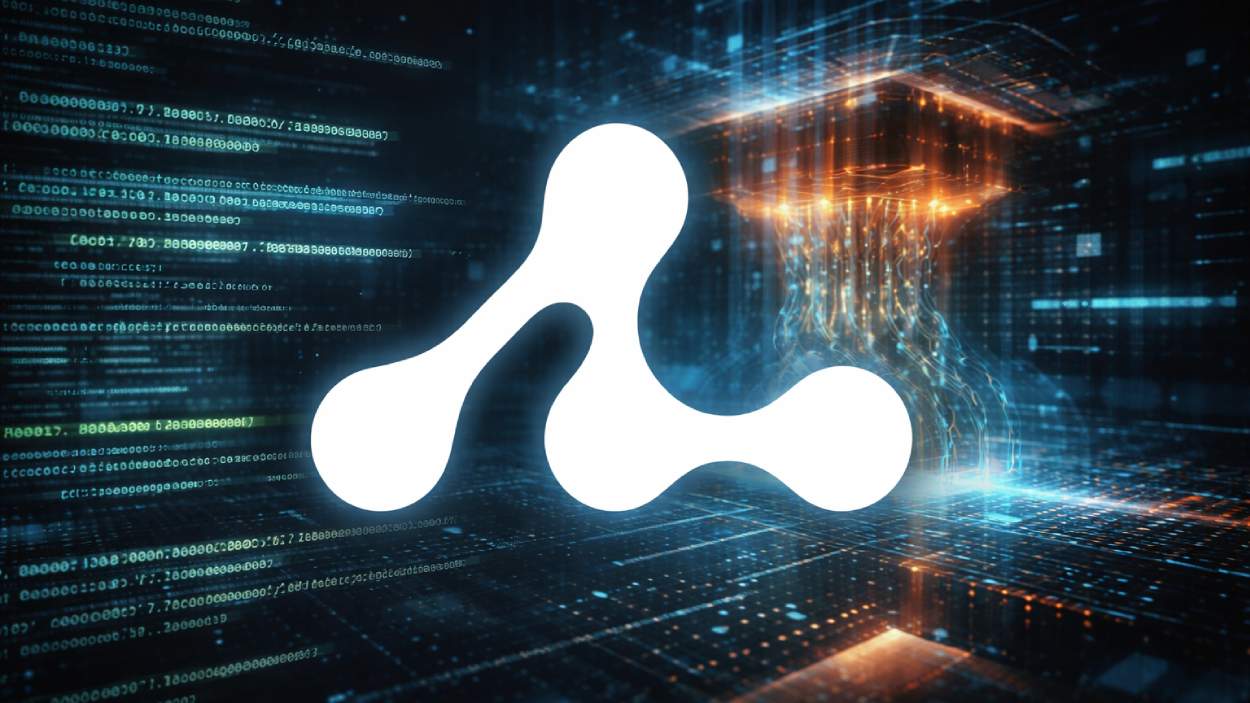S&P Dow Jones Indices, Dinari, and Chainlink are teaming up to bring a major stock and crypto index directly onchain, marking a big step toward merging traditional finance with blockchain.
Key Takeaways
- S&P Digital Markets 50 Index will track 35 blockchain-focused U.S. companies and 15 major cryptocurrencies.
- Chainlink’s oracle network will provide verified, real-time pricing data for the onchain version of the index.
- Dinari’s dShares platform will tokenize the index, giving investors exposure to stocks and digital assets through a single asset.
- The index is set to launch in Q4 2025, signaling increased institutional interest in real-world asset tokenization.
What Happened?
Dinari and Chainlink announced they will bring the S&P Digital Markets 50 Index onchain using Chainlink’s decentralized data infrastructure and Dinari’s tokenization service. The index, developed by S&P Dow Jones Indices and Dinari, aims to track both traditional and digital markets, and will be available in a tokenized format later this year.
S&P Dow Jones Indices (@SPGlobal) and @DinariGlobal have selected Chainlink as the official oracle provider for the S&P Digital Markets 50 Index to power official index values and live token prices for its multi-asset index.https://t.co/f7oiLQz3WN
— Chainlink (@chainlink) November 5, 2025
The integration on Avalanche… pic.twitter.com/QP7x3KaTDK
A New Kind of Financial Benchmark
The S&P Digital Markets 50 Index is designed to represent the performance of a blended basket of 35 U.S.-listed blockchain-oriented companies and 15 major digital assets. According to Dinari, this hybrid benchmark is being built to reflect the rapidly growing overlap between traditional finance and decentralized technologies.
Chainlink will play a vital role by using its oracle network to feed accurate, real-time pricing and performance data into the blockchain. This ensures that the index data remains transparent, reliable, and tamper-resistant.
Dinari’s dShares platform will tokenize the index, allowing investors to purchase a single digital asset that reflects the value of the entire index. Each dShare is backed 1:1 by the underlying stock or asset and held by a regulated custodian. This setup preserves investor rights like dividends and redemptions, offering a bridge between legacy finance and crypto infrastructure.
The Bigger Picture: TradFi Meets DeFi
This partnership represents more than just another blockchain use case. It’s a clear move toward tokenizing real-world assets (RWAs) like stocks, funds, and indexes. According to Standard Chartered Bank, the RWA market could hit $2 trillion by 2028, making projects like this one a potential foundation for the next wave of financial innovation.
Earlier this week, Chainlink also revealed a partnership with FTSE Russell, one of the world’s largest index providers, to bring its data onchain. FTSE will use Chainlink’s Data Link service to tokenize indices like the Russell 1000, 2000, and 3000. The timing of these announcements shows a rising trend in enterprise-level blockchain integrations.
Chainlink’s technology is already integrated with major financial institutions including Swift, Mastercard, Euroclear, UBS, and Fidelity International, as well as DeFi protocols like Aave, Lido, and GMX. These latest moves strengthen its role as a connective layer between traditional finance and blockchain ecosystems.
Chainlink and Dinari’s Vision
Dinari CEO Gabe Otte stated:
Fernando Vazquez, President of Capital Markets at Chainlink Labs, echoed that sentiment, calling the project “one of the first indexes to operate onchain with verifiable, real-time index data that spans both traditional and digital assets.”
CoinLaw’s Takeaway
In my experience following tokenized finance, this is a major leap forward. We’ve seen talk about bringing traditional markets onchain, but this collaboration between Chainlink, Dinari, and S&P gives us a real-world example of how it’s going to work. I found the use of dShares with real-time oracle data particularly impressive because it removes much of the friction between blockchain and traditional investing. If this model succeeds, it could open the floodgates for tokenized ETFs, mutual funds, and even more complex TradFi products to exist transparently onchain. This is not just technical innovation, it’s financial modernization.
Hover or focus to see the definition of the term.

